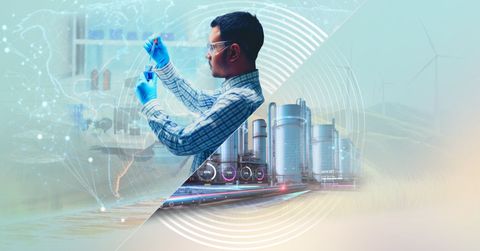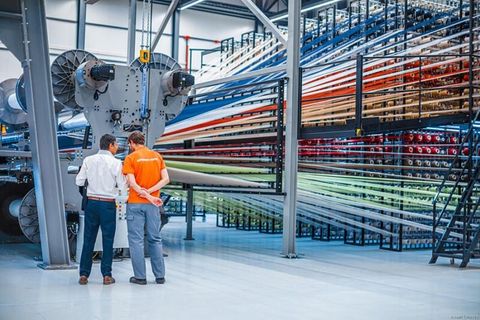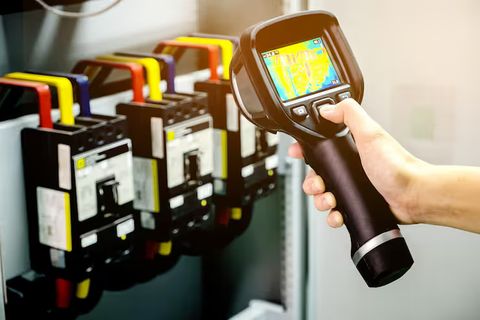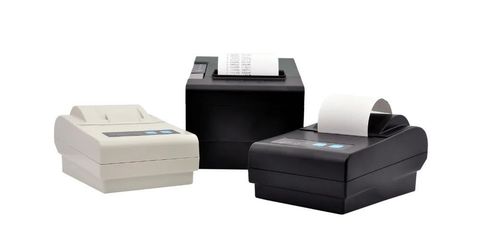Explore Cooling Towers: A Complete Guide with Key Insights and Facts
Cooling towers are essential components of modern industrial and commercial systems. They are heat rejection devices that remove excess heat from buildings or processes by transferring it into the atmosphere. These towers are widely used in power plants, refineries, manufacturing facilities, and HVAC (Heating, Ventilation, and Air Conditioning) systems to maintain efficient temperature control.
The concept of cooling towers dates back to the early 20th century when industries required efficient methods to dissipate waste heat generated by heavy machinery and power production. Over time, the technology has evolved to meet growing energy efficiency demands and stricter environmental regulations.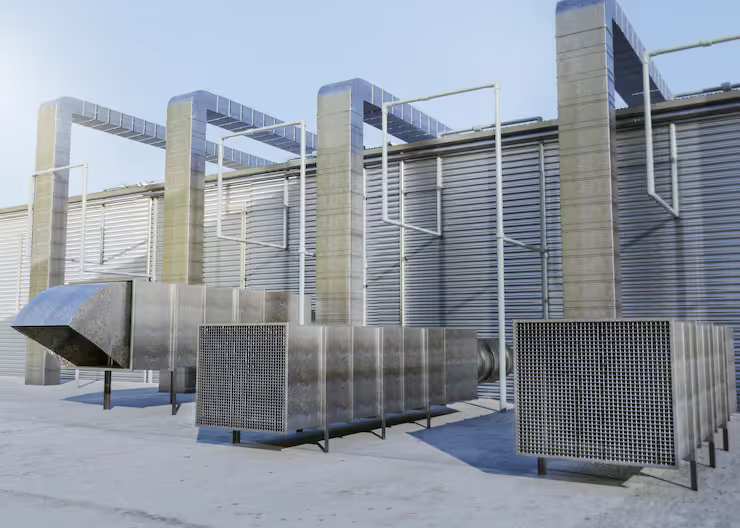
Cooling towers function through a simple yet effective principle: hot water from an industrial process or building system is circulated through the tower, where it is cooled by air flow and evaporation before being recirculated. This process ensures that equipment operates efficiently, reduces energy waste, and prevents overheating.
Why Cooling Towers Matter Today
In today’s industrial landscape, cooling towers play a critical role in sustainability and energy management. As global industries expand, the demand for efficient cooling systems continues to rise. These systems directly affect production reliability, energy efficiency, and environmental performance.
Some of the main reasons cooling towers are important include:
-
Energy Efficiency: Cooling towers help industries manage heat efficiently, reducing the load on mechanical chillers and lowering power consumption.
-
Process Stability: Maintaining optimal temperature ensures consistent production quality and prevents costly downtimes.
-
Environmental Responsibility: Modern cooling towers are designed to minimize water and energy waste, aligning with global sustainability goals.
-
Infrastructure Longevity: Proper temperature control extends the lifespan of machinery, pipelines, and system components.
Industries such as chemical manufacturing, steel production, data centers, and food processing rely heavily on cooling tower systems for their operations. Even large office buildings and hospitals use cooling towers to support central air-conditioning systems.
Recent Developments and Industry Trends
The cooling tower industry has witnessed significant innovation in recent years. In 2024 and 2025, the focus has shifted toward eco-friendly designs, water conservation, and smart monitoring technologies.
Key trends include:
-
Hybrid Cooling Systems: Combining wet and dry cooling methods to optimize performance and reduce water consumption.
-
IoT-Based Monitoring: Integration of Internet of Things (IoT) sensors for real-time performance tracking, temperature analysis, and predictive maintenance.
-
Use of Recycled Water: Many facilities now use treated wastewater in cooling systems to reduce freshwater use.
-
Corrosion-Resistant Materials: Advancements in composite materials and coatings have improved system durability.
-
Noise and Drift Control: Modern towers are being designed to minimize environmental disturbance and comply with urban regulations.
According to a 2025 industry report by Research and Markets, the global cooling tower market is projected to grow at a CAGR of around 5% from 2024 to 2030, driven by industrial expansion and climate-conscious retrofitting.
Environmental Regulations and Policies
Cooling tower operations are subject to environmental and safety regulations in most countries. These policies focus on water usage, energy efficiency, and chemical discharge control.
Common regulatory frameworks include:
-
United States: The Environmental Protection Agency (EPA) regulates cooling tower blowdown and chemical treatments to prevent water pollution. The ASHRAE (American Society of Heating, Refrigerating and Air-Conditioning Engineers) also sets efficiency and safety standards.
-
European Union: The EU Industrial Emissions Directive (IED) ensures cooling tower systems meet emission and water management standards.
-
India: The Central Pollution Control Board (CPCB) provides guidelines for water discharge and thermal pollution control in power plants and manufacturing units.
-
Global Green Certifications: Programs like LEED (Leadership in Energy and Environmental Design) and ISO 14001 encourage sustainable cooling solutions.
These regulations have encouraged industries to adopt advanced technologies, such as closed-loop cooling and automated water quality control, to remain compliant while improving operational efficiency.
Tools and Resources for Understanding Cooling Towers
Several digital tools and technical resources can help engineers, facility managers, and students explore the functionality and performance of cooling towers more effectively.
Helpful Tools and Platforms:
-
Cooling Tower Efficiency Calculator: Available online to estimate energy savings and water usage.
-
ASHRAE Handbook (HVAC Systems and Equipment): A comprehensive resource covering cooling tower design, performance, and operation standards.
-
SPX Cooling Technologies Knowledge Hub: Offers educational materials, maintenance guides, and system optimization tips.
-
Evapco and BAC Performance Tools: Online software that helps in system design, component selection, and capacity estimation.
-
Cooling Technology Institute (CTI): Provides standards, certification programs, and technical papers for industry professionals.
Example: Cooling Tower Water Balance Overview
| Parameter | Typical Range | Purpose |
|---|---|---|
| Circulating Water Flow Rate | 1,000–100,000 GPM | Determines tower capacity |
| Approach (°C) | 2–6 | Difference between cooled water and wet-bulb temperature |
| Drift Loss | <0.002% | Reduces water wastage |
| Evaporation Loss | 1% of circulation | Key cooling process |
| Blowdown | 0.5–1% | Prevents mineral build-up |
This table helps understand how different parameters contribute to overall tower efficiency and sustainability.
Frequently Asked Questions (FAQs)
1. What are the main types of cooling towers?
There are three primary types: natural draft, mechanical draft, and hybrid towers. Natural draft towers use air circulation based on temperature differences, while mechanical draft towers use fans. Hybrid systems combine both for optimal efficiency.
2. How do cooling towers save energy?
By using water evaporation and air circulation to remove heat, cooling towers reduce the workload on compressors and chillers, leading to lower power consumption.
3. Are cooling towers environmentally friendly?
Modern cooling towers are designed with water conservation systems, drift eliminators, and energy-efficient fans to reduce environmental impact. The use of recycled water further enhances sustainability.
4. How often should cooling towers be maintained?
Routine maintenance is typically required every 3–6 months, including inspection of fans, water basins, drift eliminators, and fill media. Preventive maintenance improves efficiency and prevents biological growth.
5. What factors affect the performance of a cooling tower?
Ambient temperature, humidity, water quality, fan speed, and system design are key variables influencing performance and cooling efficiency.
Final Insights and Takeaways
Cooling towers remain an indispensable part of industrial and commercial infrastructure. As energy efficiency and environmental responsibility continue to gain global attention, cooling tower technology is advancing rapidly. The integration of smart sensors, automation, and sustainable materials represents the next phase of development.
Understanding how these systems operate, the policies governing them, and the tools available for optimization can help industries and individuals make informed decisions. Whether in a power plant, refinery, or office complex, efficient cooling management supports not only performance but also the planet’s ecological balance.
In summary, cooling towers are more than just industrial equipment they are key enablers of modern sustainability and operational excellence, helping shape a cleaner, more efficient future.

